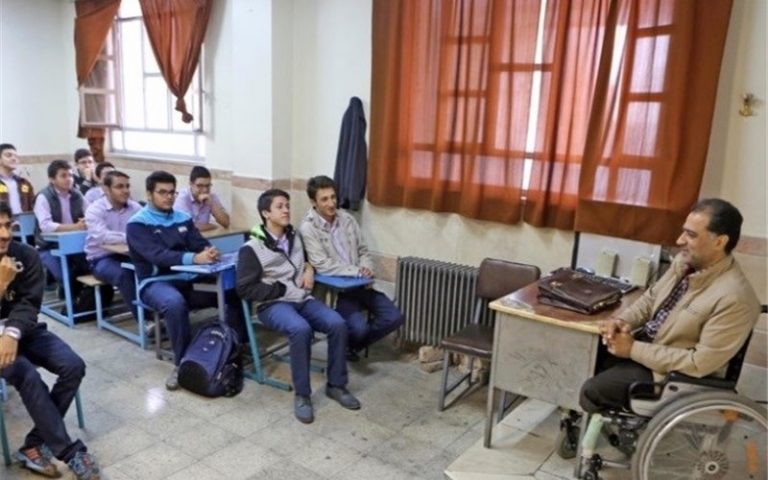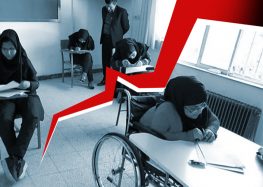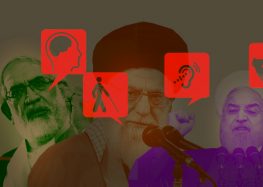Iranian Education Ministry’s Job Requirements Prevent People With Disabilities From Applying

Iran’s Education Ministry is violating Iranian law and the country’s commitments to the UN Convention on the Rights of Persons With Disabilities (CRPD) with job application requirements that prevent many people with disabilities from applying.
“The guideline’s many restrictions and constraints will effectively result in the exclusion of the majority of people with disabilities,” an Iran-focused disability rights activist told the Center for Human Rights in Iran (CHRI).
“Unfortunately, what the authorities have effectively done is ignore the requirement to allocate three percent of [job] capacities to persons with disabilities and turned it into a decoration,” added the activist who requested anonymity for security reasons.
As a signatory to the CRPD, which Iran ratified in 2009, the Iranian government is required to take steps to provide equal job opportunities for persons with disabilities.
Article 27 of the CRPD prohibits “discrimination on the basis of disability with regard to all matters concerning all forms of employment, including conditions of recruitment, hiring and employment, continuance of employment, career advancement and safe and healthy working conditions.”
On May 13, 2018, Iran’s National Organization of Educational Testing published its job application requirements for prospective teachers. A maximum of 18,207 could enroll for the qualifying test, of which 17,368 could be employed. But due to the application’s medical requirements, the vast majority of the hearing impaired and blind people would not be allowed to take the test.
The application requirements also violate Article 15 of Iran’s Law for the Protection of the Rights of Persons With Disabilities, which was approved by the Guardian Council on April 11, 2018.
Article 15 states: “The government is required to allocate at least three percent of official and contractual employment opportunities in government agencies, including ministries, organizations, institutions, companies and public and revolutionary organizations, as well as other entities that receive funding from the national budget to qualified persons with disabilities.”
The Education Ministry’s application requirements mention the three percent requirement but with the caveat that such applicants could only apply for jobs that would allow for an aide for the person with the disability—an extremely rare circumstance in Iran.
Specifically, the application states that persons with disabilities “must choose job opportunities in areas where the opening is for more than one person. The [three percent] allotment for persons with disabilities will not be applied to job openings that are for one person.”
Statistics about people living with disabilities in Iran are often unavailable, incomplete or inaccurate but state officials have acknowledged that the unemployment rate among the country’s disabilities community is higher than the rest of the population.
“The unemployment rate among persons with disabilities is three and a half times more than that of normal individuals,” said the head of the Iranian Society for the Protection of People with Disabilities, Ali Hemmat Mahmoudnejad, in an interview with the judiciary’s Mizan news agency in July 2017.
“This is completely unacceptable because people with disabilities have capabilities that should be taken into consideration to create jobs for them,” he added.






